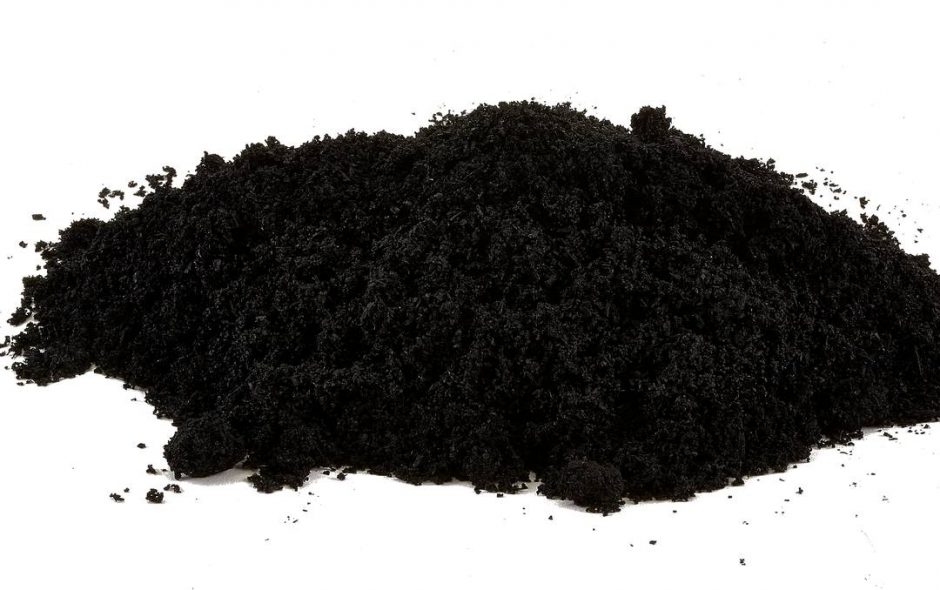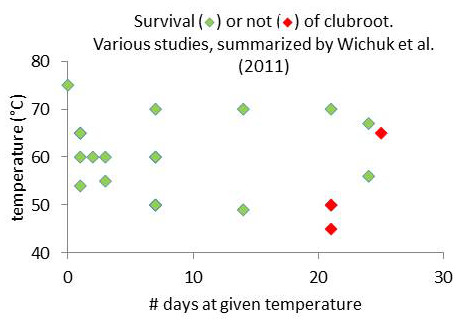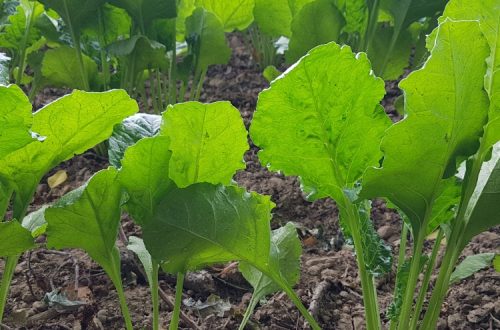Research on the agronomic application of biochar was inspired on the high quality of the so-called “terra preta”-soils from the Amazon. This high quality appeared to be based on the high amounts of burned organic matter present in these soils. Research has focused on the mechanisms related to the high quality of these “terra preta”-soils and to attempts to “copy” these soils. This is done by amending soils with pyrolysed organic matter. During pyrolysis, organic matter is treated at high temperature under anaerobic conditions, which results in a kind of charcoal, the biochar. In the 2017 newsletter of RIVM (in Dutch) biochar was referred to as a soil improver. I think it is too early to say this. In the Netherlands, application of biochar is currently only taking place in some experiments, e.g. some coordinated by Delphy (in Dutch).
The (potential) advantages of biochar are easy to find on the internet (e.g. here). Briefly, the effects of biochar can be compared with organic matter amendements such as compost, except that biochar decomposes much slower, which makes it also a candidate for reducing the accumulation of greenhouse gases. So, are there only pros? No! There are serious issues to consider. Since they receive too little attention, I list here the most important ones:
- The residence time of biochar can be more than 100 years. So, it has to be very sure that during that time no negative side-effecs will appear. Therefore, long-term (5-10 years at least) field experiments on different types of soil and including various crops are needed.
- A well-functioning and a well-managed soil will not need a soil improver.
- In various critical reviews (see especially the reference Hilber et al. below), the generation during pyrolysis of toxic substances such as polycyclic aromatic carbons, is regarded as a risk. Factors of importance are the production process (temperature, oxygen concentration) and the type of input material.
- Whilst frequently mainly positive effects of biochar are published, such as crop yield increase and increase in the soil’s water holding capacity, negative effects have been published as well. See especially the reference Mokherjee & Lal below.
Recommended reading:
- Hilber et al., 2017, Journal of Environmental Engineering and Landscape Management. http://dx.doi.org/10.3846/16486897.2016.1254089
- Jeffery et al., 2015, GCB Bioenergy 7: 1-13. http://dx.doi.org/10.1111/gcbb.12132
- Mukherjee & Lal, 2016, Soil Research 52: 217-230. http://dx.doi.org/10.1071/SR13359




